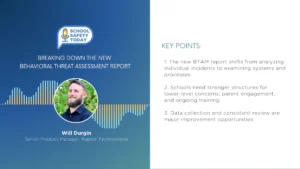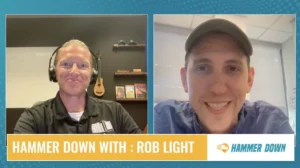Tesla to Add Radar in Hopes of Achieving Full Self Driving in Vehicles
Tesla radar technology is back in the news. Last year Elon Musk made it clear that Tesla was ditching its radar technology and that Full Self Driving (FSD) would be made safer by only using Vision, or camera-only, technology. However, Tesla’s Certification Engineer, Cindi Li, wrote to the FCC last week asking for a confidentiality extension as they prepare to put radars back in their vehicles.
Li’s letter asks for things such as manuals and photos to not be published until a new date of February 7th, 2023 as to “avoid any unnecessary disclosure or competitive harm before our product launch”. This request was filed just one day before filings would have been made public and was granted by the FCC.
Chuck Gershman, CEO of Owl Autonomous Imaging, says that radar technology should theoretically be the correct move in pursuit of FSD but doesn’t believe it’ll be the last change by Tesla along this route.
Chuck’s Thoughts on Tesla Radar Technology
“It’s just been announced that the Tesla vision plan, which previously claimed that the best way to achieve self-driving was through visual, camera-only based systems as their primary sensor. They’ve now reversed course, and they’re relaunching radar to supplement their camera systems.
And the question is this an appropriate course of action? In our opinion, yes, absolutely. Radar systems are quite robust and they operate across all environmental conditions and they operate day or night. Camera systems, on the other hand, have worked quite well but have degradation issues associated with environment.
And they degrade precipitously between daytime operation and nighttime operation. So a supplemental system or a fusion of sensors is an appropriate way to make systems safer, especially for hands-free driving. Now, is this the appropriate or the final step? We believe not so much.
Again, as we said, radars are quite robust and are a good complement to the camera system. But the degradation associated with the camera system specifically during nighttime operation or foul weather operation will compromise the system and we believe that Tesla needs to address this problem”








